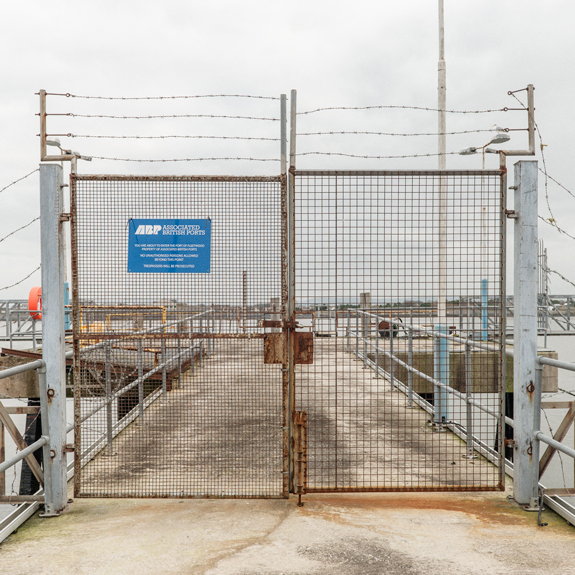
I began this project during an artist residency in Iceland in August 2014. I was on a road trip when warnings of the possible eruption of the Bárðarbunga subglacial stratovolcano begun. Watching some apocalyptic media coverage while consulting webcams and data from surveillance systems influenced me to make audiovisual recordings of remote monitoring devices, of the territory’s transformation due to volcanic activity, as well as geothermal phenomena and power plants. Made of field recordings and stationary camera shots, the audiovisual piece has a documentary style. Due to its non-linear structure, the work unfolds in an unpredictable manner and its conclusion remains unknown.
The piece consists of a database of hundreds of video loops presented according to the evolution of a statistical model that integrates data coming from the sensors of the computer that runs the installation: temperature of components, fan speed and energy consumption. This information is displayed as unidentified graphs on a second screen. High levels of activity and electricity consumption will lead the device to display energy-charged audiovisual scenes, while low levels will transport the audience to contemplative spaces that seem to be frozen in time. The system’s monitoring influences the course of events it presents, and vice versa.
— François Quévillon, Montreal, Canada





























